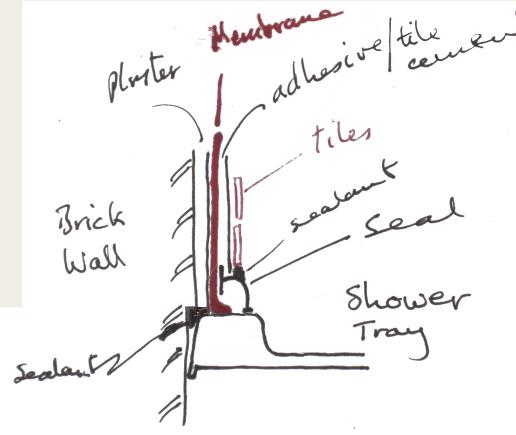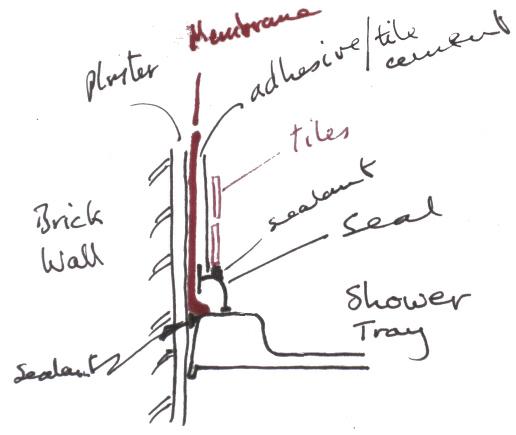I ripped out the old shower, as there were leaks, etc. SOme of the floorboards were a bit rotten, so I replaced them. Alas! The new boards have curved across; and they are fractionally thinner (metric rather than imperial, I guess) and there are gaps between them 3-4mm wide. On top goes a sheet of ply, and on top of that the shallow shower tray.
I'm short of headroom, too - part of the shower is under a sloping ceiling.
Once I screw the floorboards down, I need some substance to put between them & the ply. Sand cement has been mentioned, but that would just a) ooze through the gaps, and b) crack and disintegrate.
My inclination is to run three fat beads of "Gripfill" along each floorboard, cover most of it with polythene sheet (for later easier removal) and then drop the ply on top, and screw it down. And then the same for the tray itself - the edge is a couple of mm proud of the flat(?) base.
Suggestions, please ?
I'm short of headroom, too - part of the shower is under a sloping ceiling.
Once I screw the floorboards down, I need some substance to put between them & the ply. Sand cement has been mentioned, but that would just a) ooze through the gaps, and b) crack and disintegrate.
My inclination is to run three fat beads of "Gripfill" along each floorboard, cover most of it with polythene sheet (for later easier removal) and then drop the ply on top, and screw it down. And then the same for the tray itself - the edge is a couple of mm proud of the flat(?) base.
Suggestions, please ?



